Except in certain medical scenarios, foot health experts rarely recommend foot soaks

Looking for quick relief from achy feet, fungal toenails, foot calluses or everyday stress? You’ll find a variety of DIY foot soaks online, using everything from vinegar and mouthwash to baking soda and hydrogen peroxide.
Advertisement
Cleveland Clinic is a non-profit academic medical center. Advertising on our site helps support our mission. We do not endorse non-Cleveland Clinic products or services. Policy
But be careful. Most lack scientific evidence and, in some cases, can be harmful.
“If you routinely shower and clean your feet, there are very few medical reasons to add a foot soak,” says chiropodist (foot specialist) Megan Grantham, DCh, “and for most foot problems, there are better treatments than foot soaks.”
Healthcare providers typically don’t recommend foot soaks, but Grantham says they may be advisable for a few very specific conditions.
An ingrown toenail is a nail that presses into your skin, causing redness, swelling and pain. Over time, it can lead to an infection.
You can get an ingrown toenail from:
“If you have a minor ingrown toenail, I recommend soaking your feet twice a day,” Grantham says. “Between soaks, apply an over-the-counter antibiotic ointment and cover the area with a bandage.”
But skip the far-out social media suggestions and follow the doctor’s orders for a safe soak. Here’s how to do it the right way:
Advertisement
If you don’t see improvement within three to five days, contact your healthcare provider to figure out next steps.
Foot soaks can help reduce inflammation from soft tissue injuries, like a sprained ankle or plantar fasciitis.
“A hot-and-cold contrast bath can speed the healing process,” says Grantham. “The varying temperatures cause your blood vessels to open and close, which increases blood flow to the area.”
Still, it’s always best to check with a healthcare provider before you go this route. If you have another injury, like a tear or a fracture, a soak isn’t going to help. If they say you’re good to go, here’s how to do a hot/cold foot soak:
If you don’t start to feel some relief, it’s time to circle back with your healthcare provider.
Foot soaks may sound harmless enough, but they can be risky for several reasons, Grantham says.
Fungus thrives in a warm, moist and dark environment.
“Frequent foot soaks can increase moisture, which can lead to a fungal infection like athlete’s foot,” Grantham warns.
This may be especially risky if you have peripheral artery disease (PAD), which can affect your ability to heal from fungal infections — including those caused by foot soaks.
If you have diabetes, you may be more susceptible to fungal infections. Nerve damage (neuropathy) and poor blood flow caused by diabetes can also slow the healing process and lower your ability to feel heat and pain.
It may not seem like a big deal to add common household products like vinegar, anti-dandruff shampoo or mouthwash to your footbath, as is sometimes suggested by so-called wellness influencers. Alas…
“Many of those items contain harsh chemicals that can irritate your skin,” Grantham states. “Plus, there’s no proof they actually work.
Foot soaks can lead to other skin issues, too, including:
Before reaching for the footbath, Grantham suggests trying alternative treatments for these common foot ailments:
Fungal nail causes your toenail(s) to become thick and yellow. The main treatments for fungal nails are pills you take by mouth and creams you apply to the nail. Both strategies can be effective but take several months.
“It’s easy to get impatient and look to an alternative strategy like foot soaks,” Grantham recognizes, “but again, fungus loves a dark, moist environment, so soaking the nail and allowing it to absorb moisture isn’t helpful.”
Advertisement
Moisture can help soften cracked heels and calluses, which makes them easier to remove with a pumice stone or foot scraper.
“But soaking isn’t necessary,” Grantham says. “You can do it at the end of a bath or shower.”
Another alternative is to use a urea-based lotion. Some lotions just spread moisture on top of your skin, but lotions with urea bring hydration into the deeper skin layers. Grantham recommends looking for a product with at least 20% urea.
After a long day on your feet, you may turn to a footbath for relief. But again, there are better ways.
“It’s the temperature that’s therapeutic, not necessarily the water,” Grantham clarifies. “A heating pad can be equally soothing.”
Other remedies to try for sore feet include:
Healthcare providers don’t really suggest that you soak your feet for wellness or so-called detoxification purposes. But if an occasional soothing footbath is part of your self-care routine, that’s probably fine.
Before you soak, just make sure your feet are healthy — no ingrown toenails, fungal infections, etc. And be sure to use a foot soak additive that prevents fungal and bacterial growth, like:
Advertisement
Limit your soak to a couple of minutes, and afterward, dry your feet completely with a clean towel. Apply a urea-based moisturizer to keep your skin hydrated and callus-free.
Your feet carry you throughout your busy day, so foot issues can really get in the way of a healthy, active life. Soaking your feet may not be the best solution for most foot concerns, but there are plenty of other ways to give your feet the TLC they need.
Advertisement
Learn more about our editorial process.
Advertisement
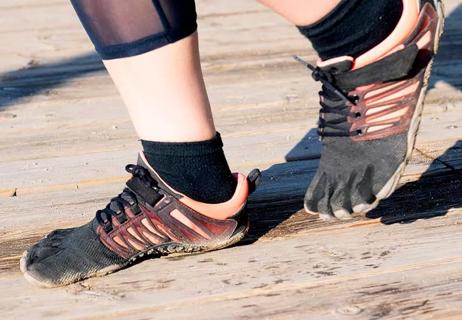
One thing is for sure: This footwear definitely kicks up controversy

The years can literally reshape your feet
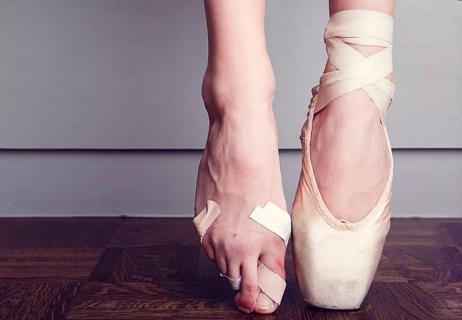
Poorly fitting footwear and overuse injuries can knock you ‘off pointe’
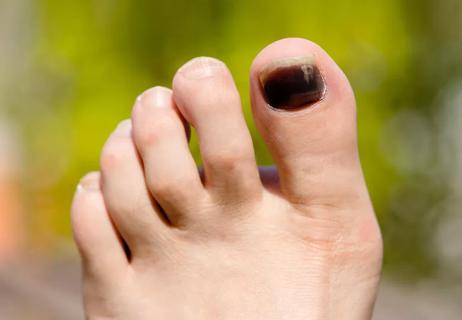
A few precautions can keep your toenails from turning black and falling off

The world is getting warmer and fungi are evolving

The concept of infection is rooted in scientific truth
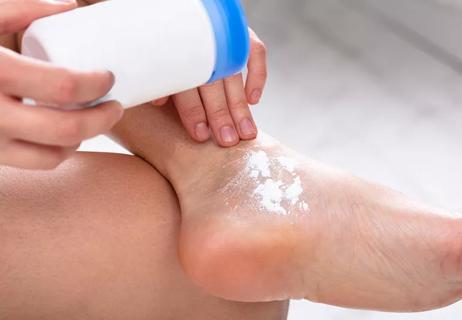
Sweat plus bacteria equals sour-smelling feet
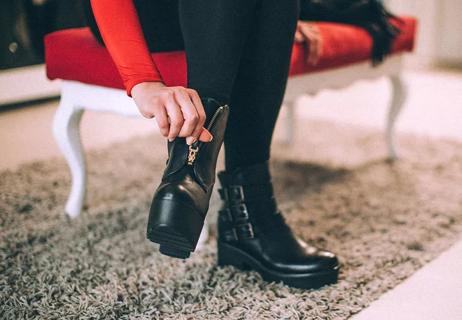
If they don’t fit well in the store, they won’t fit any better at home

Type 2 diabetes isn’t inevitable with these dietary changes

Applying a hot or cold compress can help with pain